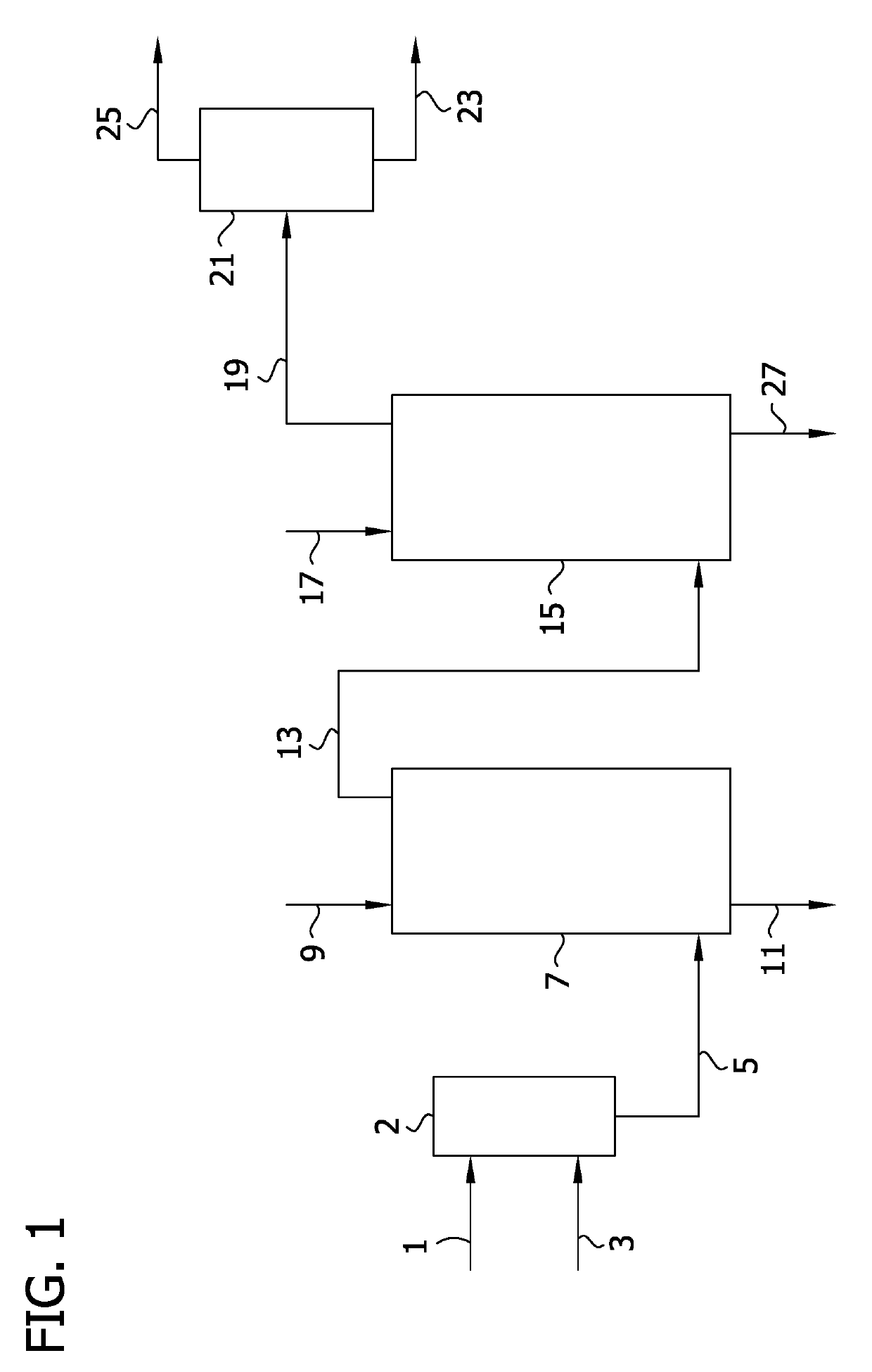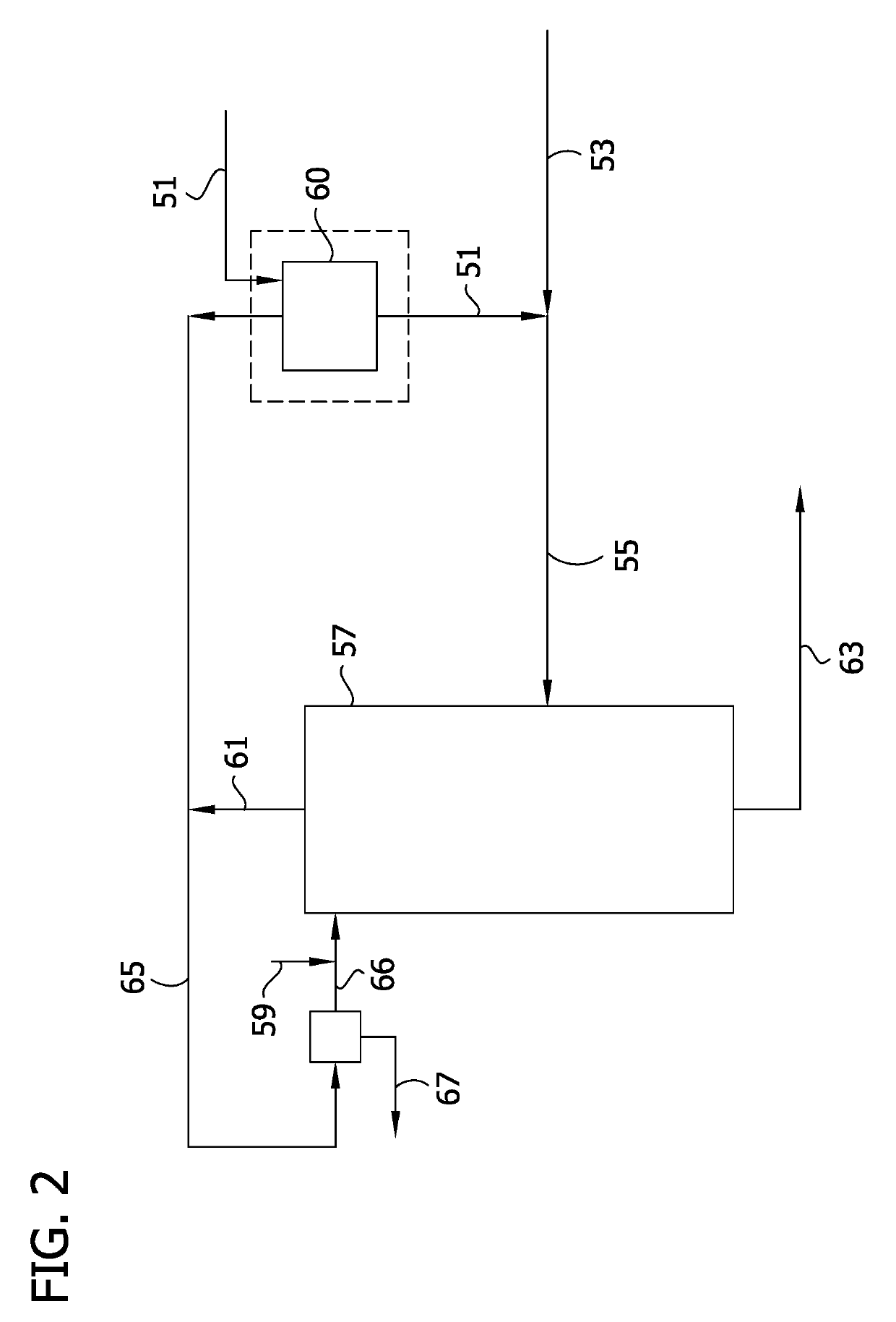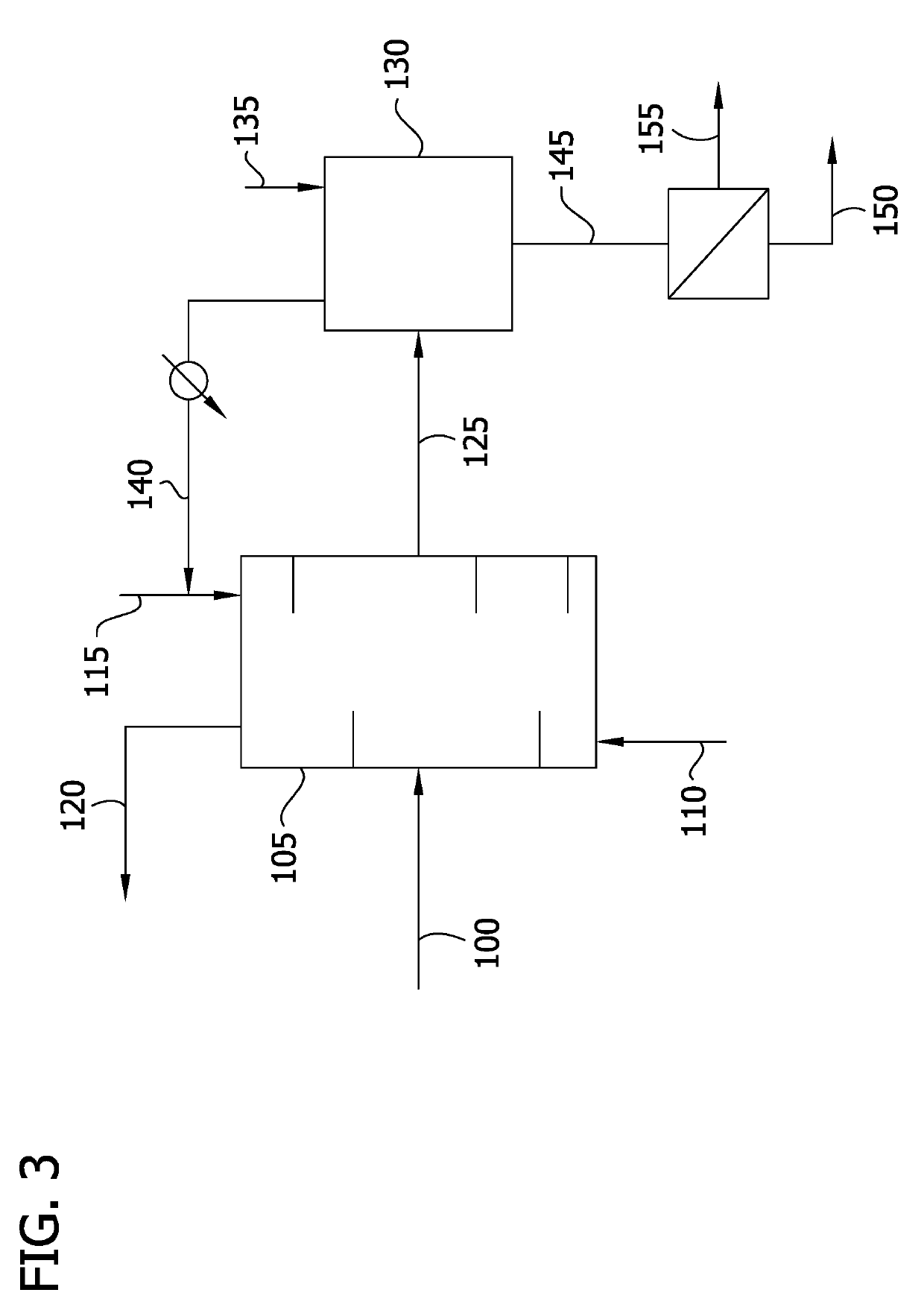Processes for purification, recovery, and conversion of chlorophenol salts and preparation and recovery of products prepared therefrom
a technology of chlorophenol salt and chlorophenol salt, which is applied in the preparation of carboxylic compounds, organic chemistry, chemistry apparatus and processes, etc., can solve the problems of high raw material cost, low process conversion and selectivity, and difficult processes to be overcom
- Summary
- Abstract
- Description
- Claims
- Application Information
AI Technical Summary
Benefits of technology
Problems solved by technology
Method used
Image
Examples
example 1
hase High-Performance Liquid Chromatography (“RP-HPLC”) Analytical Method for Determination of Chlorinated Phenols
[0123]RP-HPLC analysis is used to monitor the compositions of chlorinated phenols or 3,6-dichlorosalicylic acid in both organic phase and aqueous phase of extractions. The analysis was conducted on an Agilent 1260 Infinity Analytical HPLC System equipped with a diode array UV detector and monitored at 220 nm.
example 2
mns
[0124]The diagram of a typical KARR column is shown in FIG. 8.
[0125]The KARR Column BTU (Bench Top Unit) consisted of a ⅝-inch diameter glass column with a 24-inch plate stack height. Two plate assemblies were included (316SS and Teflon perforated plates and spacers) with ½″ plate spacing. The heavy phase (e.g., an aqueous solution) inlet was located at the top of the column just above the top plate; and the light phase (e.g., an organic solvent) inlet was located at the bottom of the column just below the bottom plate. The feed mixture inlet was located at the mid-point of the column. FMI pumps were used for metering the organic and aqueous feeds into the column. An air motor was provided to regulate the agitation in the column.
[0126]The KARR Column consisted of a 1-inch diameter glass column with a 10-feet plate stack height (316SS and Teflon perforated plates and spacers). Variable plate spacing was used in the column for extraction experiments. A manifold system of the glass ...
example 3
Columns
[0128]The diagram of a typical SCHEIBEL column is shown in FIG. 9. For purification of 2,5-dichlorophenol by extraction, the interface was set at the bottom of the column.
PUM
| Property | Measurement | Unit |
|---|---|---|
| Temperature | aaaaa | aaaaa |
| Temperature | aaaaa | aaaaa |
| Temperature | aaaaa | aaaaa |
Abstract
Description
Claims
Application Information
 Login to View More
Login to View More - R&D
- Intellectual Property
- Life Sciences
- Materials
- Tech Scout
- Unparalleled Data Quality
- Higher Quality Content
- 60% Fewer Hallucinations
Browse by: Latest US Patents, China's latest patents, Technical Efficacy Thesaurus, Application Domain, Technology Topic, Popular Technical Reports.
© 2025 PatSnap. All rights reserved.Legal|Privacy policy|Modern Slavery Act Transparency Statement|Sitemap|About US| Contact US: help@patsnap.com



